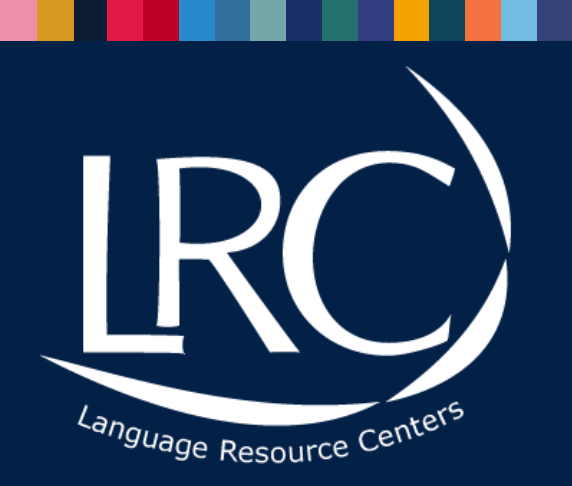In 1990, the U.S. Department of Education established the first Language Resource Centers (LRCs) at U.S. universities in response to the growing national need for expertise and competence in languages. Currently, sixteen LRCs make up a national network of resources to promote and improve the teaching and learning of languages, including significant work on less-commonly taught languages.
LRCs create language learning and teaching materials, offer professional learning opportunities for language instructors, and conduct and disseminate research on language learning and teaching. All LRCs engage in efforts that enable U.S. teachers, students and the public to better work, serve, and lead.
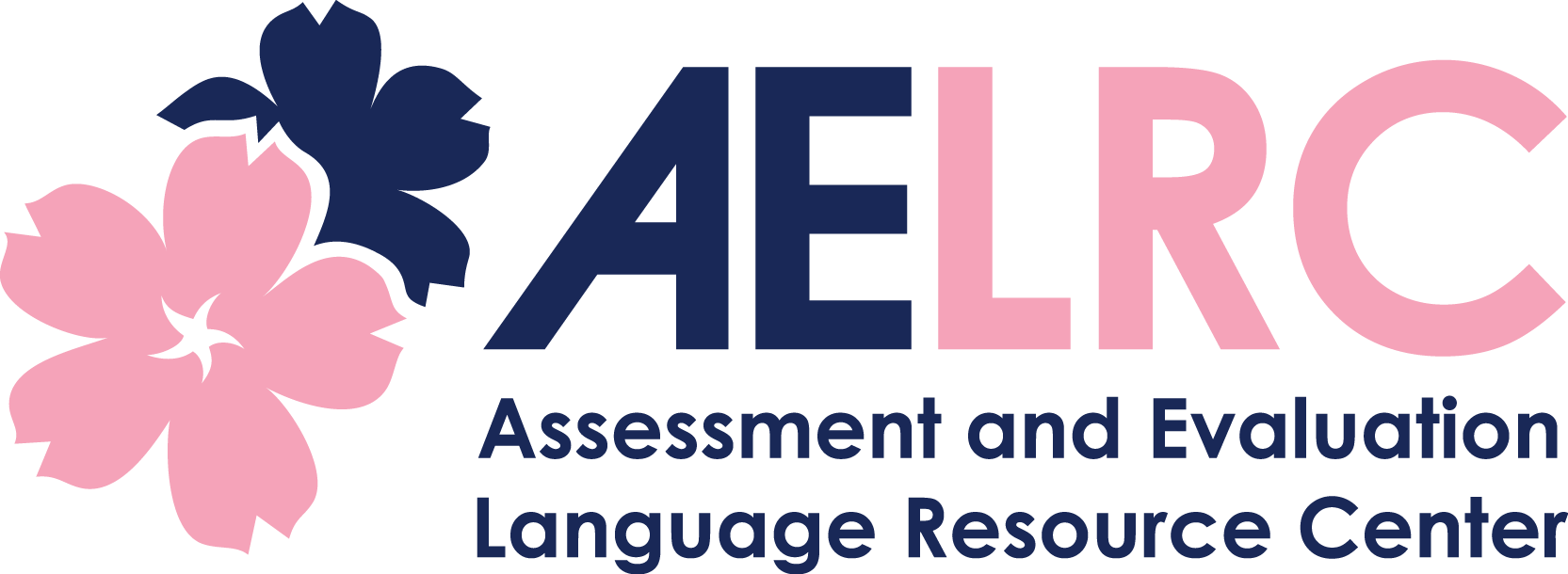
Assessment and Evaluation Language Resource Center
Georgetown University
The Assessment and Evaluation Language Resource Center (AELRC) at Georgetown University is focused on facilitating useful assessment and evaluation practices that help language educators innovate and improve their programs. We focus on three primary content areas: expanding the availability and use of assessments for Less Commonly Taught Languages (LCTLs); supporting the implementation of useful language program evaluation, and conducting research about how programs can support long-term language learning.
Highlighted Projects
- AELRC Research Briefs
- East Coast Organization of Language Testers (ECOLT)
- Heritage Language Assessment Module
- Intercultural, Pragmatic, and Interactional Competence (Collaboration with CASLS)
Languages
Arabic, Cantonese, Korean, Mandarin, Ukrainian, and various Less Commonly Taught Languages
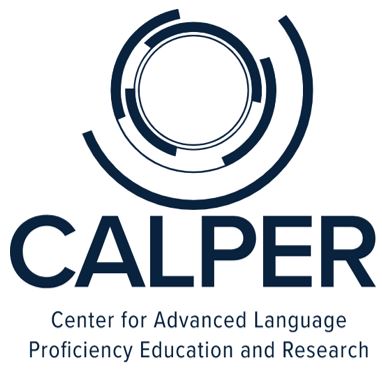
The Center for Advanced Language Proficiency Education and Research
The Pennsylvania State University
The Center for Advanced Language Proficiency Education and Research (CALPER) was established in 2002 at The Pennsylvania State University. The mission of CALPER is to strengthen and promote language learning at the advanced levels of proficiency. In its work, CALPER has focused on supporting language, especially LCTL education through developing innovative teaching materials, conducting critical research to inform teaching practice, creating online professional development resources, and offering professional development events for language educators.
Highlighted Projects
Languages
Arabic, Korean, Russian, Chinese, Japanese, Bambara, Portuguese
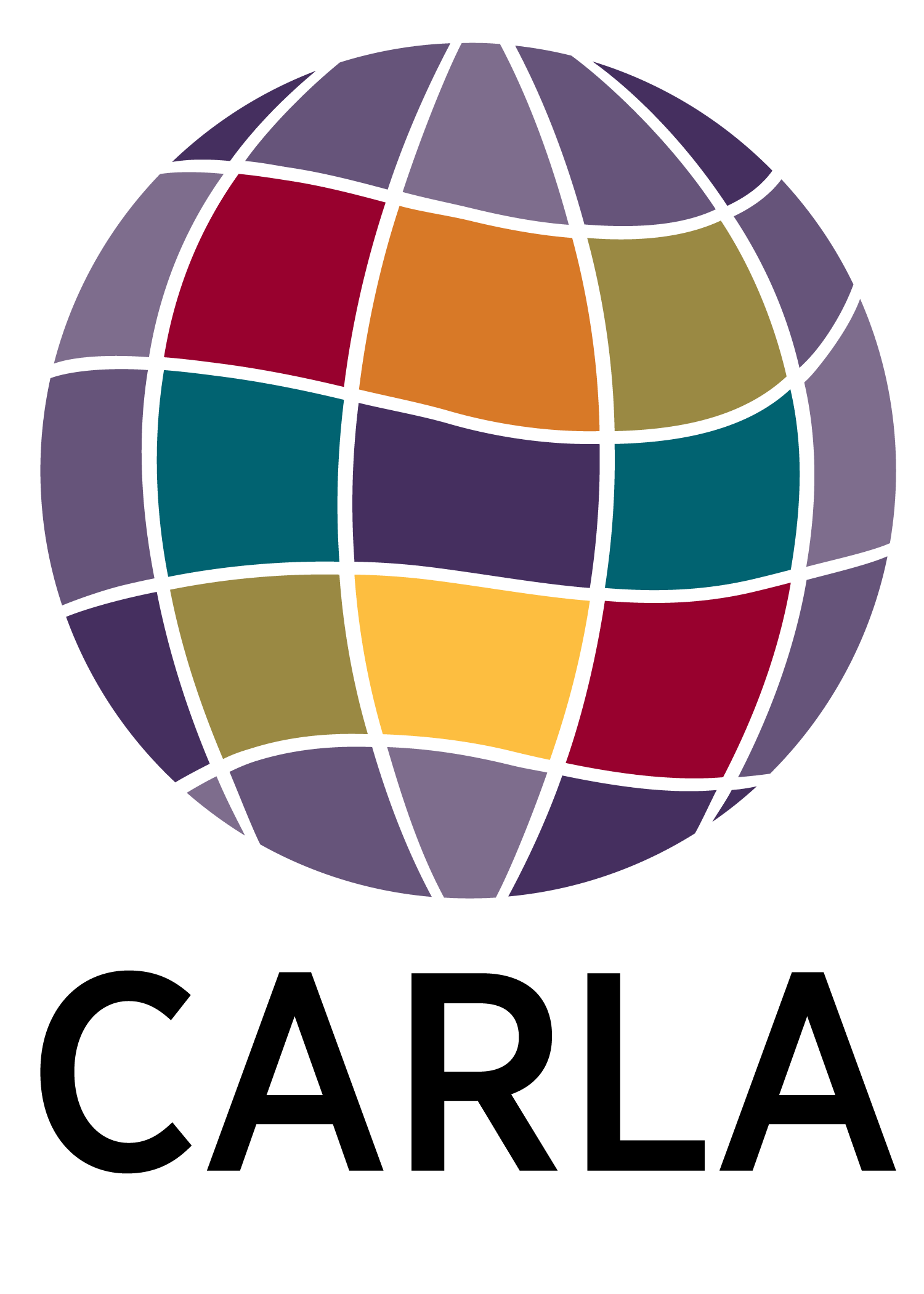
Center for Advanced Research on Language Acquisition
University of Minnesota
The Center for Advanced Research on Language Acquisition (CARLA) at the University of Minnesota, founded in 1993, is a research and resource center devoted to improving language teaching and learning. CARLA supports language educators with internationally known professional development opportunities and research-based teaching materials. CARLA’s current initiatives focus on language-content integration and teacher education and advocacy.
Highlighted Projects
- Literacies in Language Education
- Social Justice in Language Education
- Equity & Access to State Seals of Biliteracy
- Language Program Direction
- CARLA Summer Institutes
Languages
Most of CARLA’s resources and professional development opportunities are appropriate for all languages. Social Justice in Language Education curricular materials are being developed in Chinese, French, German, Portuguese, Russian, Spanish, and Turkish.

Center for Applied Second Language Studies
University of Oregon
The Center for Applied Second Language Studies at the University of Oregon supports innovative world language teaching and learning. We develop research-based curricula, professional development resources, and assessments that incorporate best practices in pedagogy, the latest in second language acquisition research, and accessible technologies that extend the possibilities of learning. We are learner-centered and include a focus on interlanguage pragmatics and social competencies.
Highlighted Projects
- YouTube for Language Learning Strategies and Pragmatic Development
- Virtual and Augmented Reality for Language Teaching
- InterCom
- LinguaFolio Online
- Intercultural, Pragmatic, and Interactional Competence Framework
Languages
Many resources serve all languages. However, specific curricular and assessment development will be carried out in at least the following languages: Arabic, Catalán, ancient Egyptian, German, Hebrew, Hindi, Italian, Japanese, Korean, Mandarin, Portuguese, Russian, Spanish, Swahili, Swedish, Ukranian, Urdu, and Yucatec Maya.

Curricular Enhancement, Development, Access, and Research Language Resource Center
University of Cincinnati
The Curricular Enhancement, Development, Access, and Research Language Resource Center (CEDAR LRC) focuses on the provision, enhancement, and evaluation of language curriculum materials for learners and educators, from kindergarten through postsecondary levels. Its four focal areas are virtual reality for curricular design, the development of inclusive materials, community partnerships, and theory-to-practice research.
Highlighted Projects
Languages
Arabic, French, German, Nahuatl, Spanish

Center for Languages of the Central Asian Region
Indiana University
Indiana University’s Center for Languages of the Central Asian Regions (CeLCAR) was founded in 2002. Our mission is to foster interest in and knowledge of Central Asian languages and their cultures while meeting strategic national needs. It is one of sixteen Title VI Language Resource Centers in the United States and the only one dedicated to the critical languages of Central Asia and surrounding countries. CeLCAR is dedicated to promoting the teaching and learning of the languages and cultures of Central Asia through the development of language learning materials (textbooks, workbooks, phrasebooks, multimedia resources, web and mobile applications, online courses), teacher training, and intensive language summer courses.
CeLCAR’s major sources of funding are the US Department of Education, the College of Arts and Sciences at Indiana University, and the National Security Education Program (NSEP).
Highlighted Projects
Languages
Azerbaijani, Chuvash, Dari, Dungan, Karakalpak, Kazakh, Kurmanji Kurdish, Kyrgyz, Mongolian, Pashto, Sorani Kurdish, Tajiki, Tatar, Tibetan, Turkish, Turkmen, Uyghur, Uzbek

Center for Educational Resources in Culture, Language and Literacy
University of Arizona
The Center for Educational Resources in Culture, Language and Literacy (CERCLL) focusses on the teaching and learning of language, cultural awareness, and literacy. Resources and professional development opportunities address (inter)cultural competence, L2 pedagogies, L2 multiliteracies, STEM-integration in language classes, and socially-situated materials for LCTLS. While some resources focus on individual languages, many target language- and culture-teaching in diverse contexts.
Highlighted Projects
- L2 Literacy in Action
- STEM and Language Education
- Less Commonly Taught Languages
- Resources for K12 Teachers
Languages
Many of CERCLL’s resources are not language-specific, but are useful for educators teaching any language and/or culture. Individual projects have created resources in: Arabic, ASL, Chinese, Dinka, Finnish, French, German, Hebrew, Hindi, Hopi, Japanese, Korean, Maori, Navajo, Nepali, Persian, Portuguese, Russian, Spanish, Swahili, Turkish. More languages will be coming.
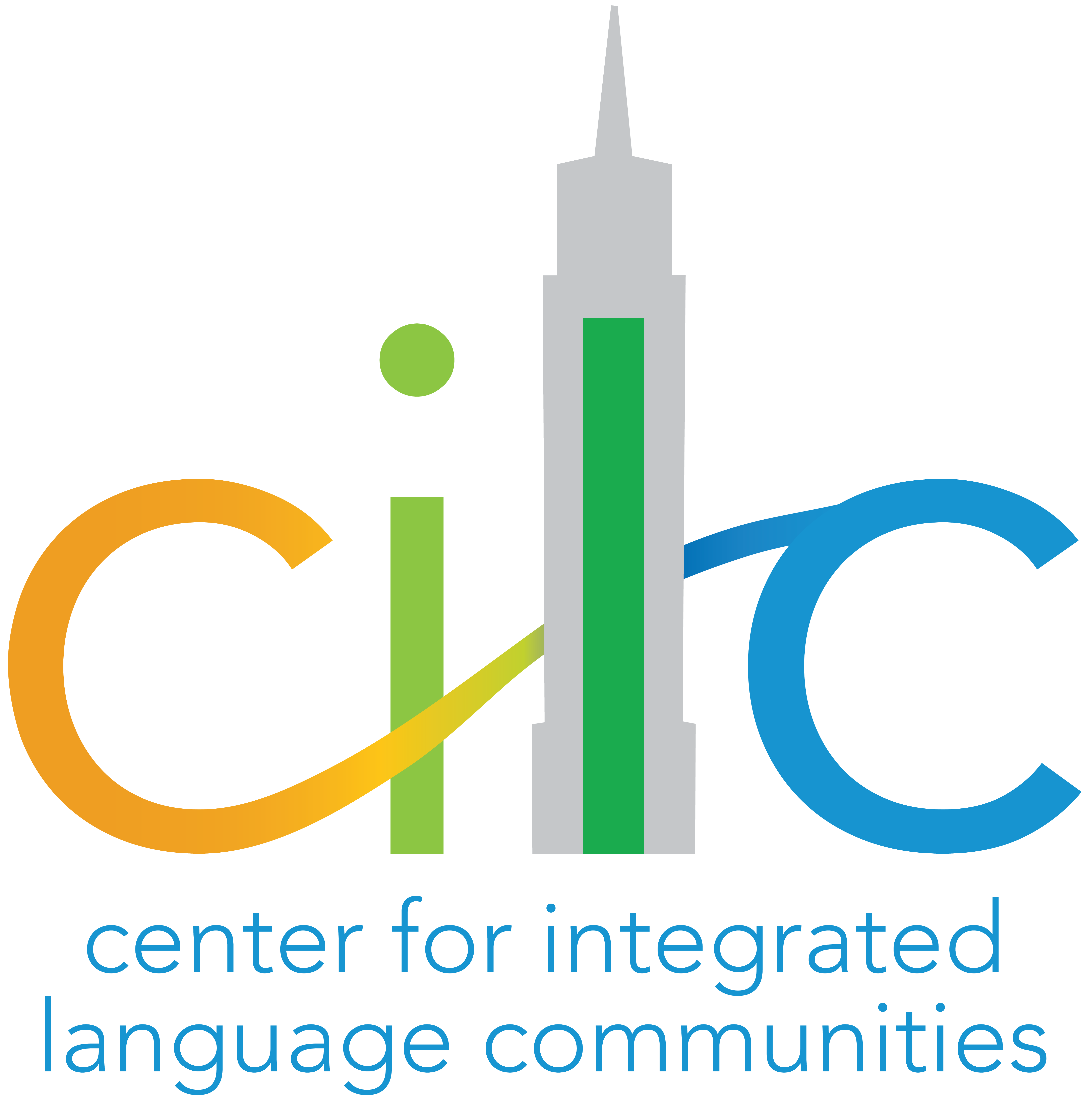
Center for Integrated Language Communities
The Graduate Center, City University of New York
The mission of the Center for Integrated Language Communities is to help students in the United States develop the translingual and transcultural competence they need to navigate between the communities they come from and the ones they aim to engage with in their post-college lives. CILC works toward this mission through innovative research, effective materials, and professional development activities that focus on the teaching and learning in the context of minority serving institutions (MSIs) and community colleges.
Highlighted Projects
- Language at the Community Colleges Nexus
- Heritage Arabic eBook
- Heritage Telecollaboration
- Writing Proficiency of Heritage Language Learners
- Teleplaza Portal
Languages
Arabic, French, German, Nahuatl, Spanish
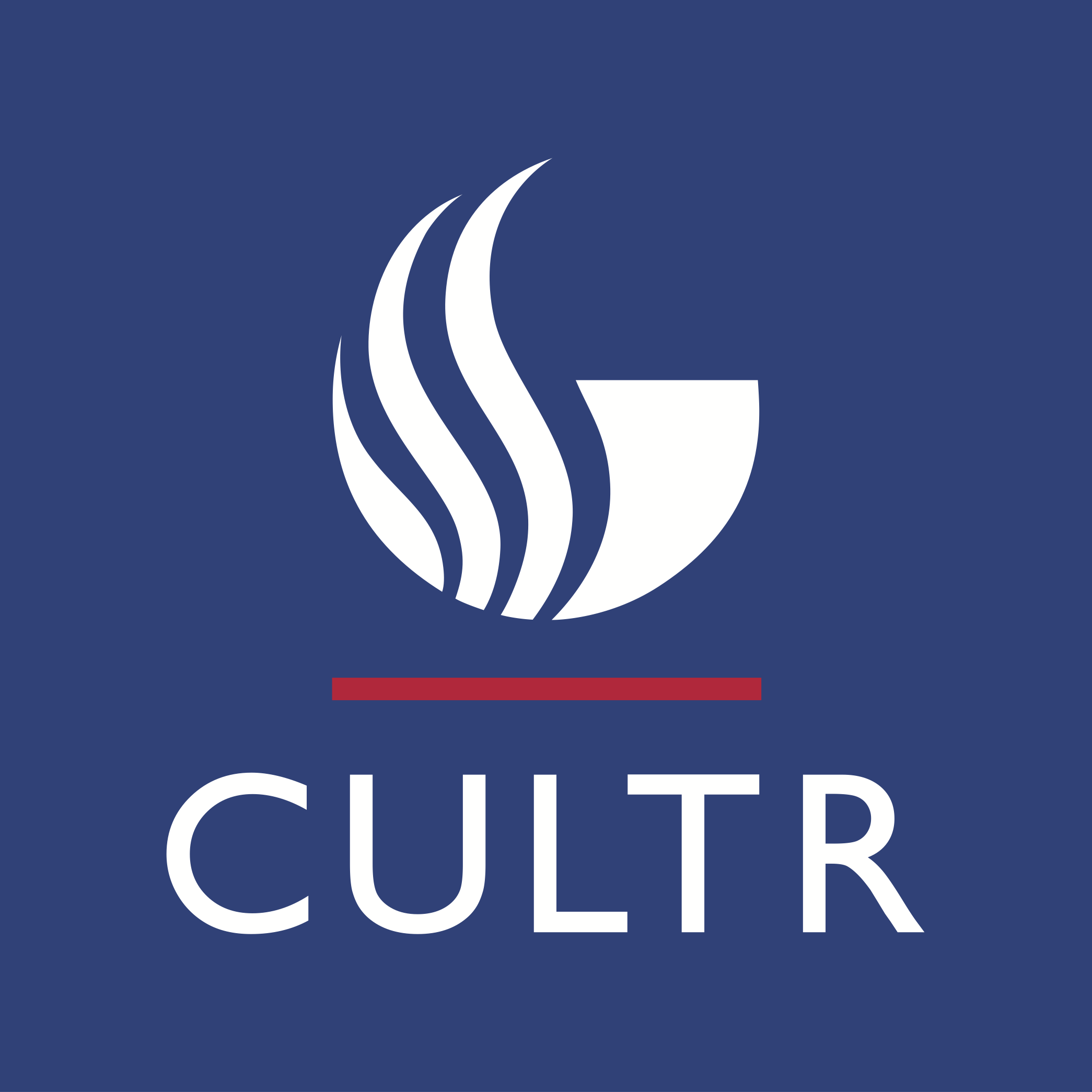
Center for Urban Language Teaching and Research
Georgia State University
Located at Georgia State University in downtown Atlanta, the Center for Urban Language Teaching and Research (CULTR) is the first Title VI LRC in the Southeastern United States. CULTR’s mission is to promote and enhance the global skills opportunities for all learners and educators to establish diverse, enriching, and successful career pathways.
Highlighted Projects
Languages
CULTR provides resources for all languages with a focus on the following LCTLs taught at Georgia State: Arabic, Chinese, Japanese, and Korean.
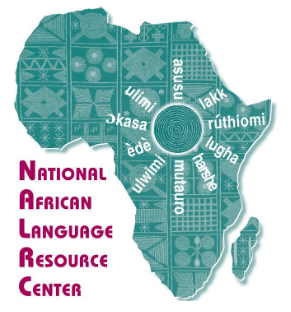
National African Language Resource Center
Indiana University Bloomington
The NALRC serves the entire community of African language educators, learners, and professionals in the United States by sponsoring educational and professional activities to improve the accessibility and quality of African language instruction. Our center focuses on the development of pedagogical material and training of African language professionals. We facilitate dialogue among teachers, learners, and administrators across institutions, while also promoting the profession of African language teaching.
Highlighted Projects
- Resources for Teaching and Learning
- Professional Development Opportunities
- US African Language Program Inventory
- African Language Brochures
Languages
Swahili, Yoruba, Zulu, Wolof, Igbo, Somali, Amharic, Akan

National Foreign Language Resource Center
University of Hawaiʻi at Mānoa
The National Foreign Language Resource Center (NFLRC) was established in 1990, the first year of the LRC program, at the University of Hawai‘i at Mānoa. The NFLRC offers professional learning initiatives in project-based language learning (PBLL), online and mobile learning, and intercultural competence. NFLRC projects focus primarily on the less commonly taught languages of East Asia, Southeast Asia, and the Pacific while maintaining relevance for the teaching and learning of all languages.
Highlighted Projects
- Project-Based Language Learning
- Online Language Pedagogy
- 4 open access journals
- NFLRC Podcast series
- Pragmatics series
Languages
The NFLRC focuses on less commonly taught-languages (LCTLs), especially of Asia and the Pacific. Current grant projects focus on Chinese, Filipino, Japanese, Korean, and Russian in particular.

National Heritage Language Resource Center
University of California, Los Angeles
Since 2006, the NHLRC’s mission has been to promote heritage languages and encourage their use and transmission from one generation to the next. Our activities focus on outreach to families and communities, sponsoring research into the linguistic profiles and pedagogical needs of heritage language (HL) speakers, and translating this new knowledge into practical professional development for language teachers so that they are best equipped to support HL learners in the classroom.
Highlighted Projects
- Heritage Language Research Institute
- Heritage Language Teacher Workshop
- Heritage Language Journal
- Heritage Language Data Repository
Languages
All heritage languages.
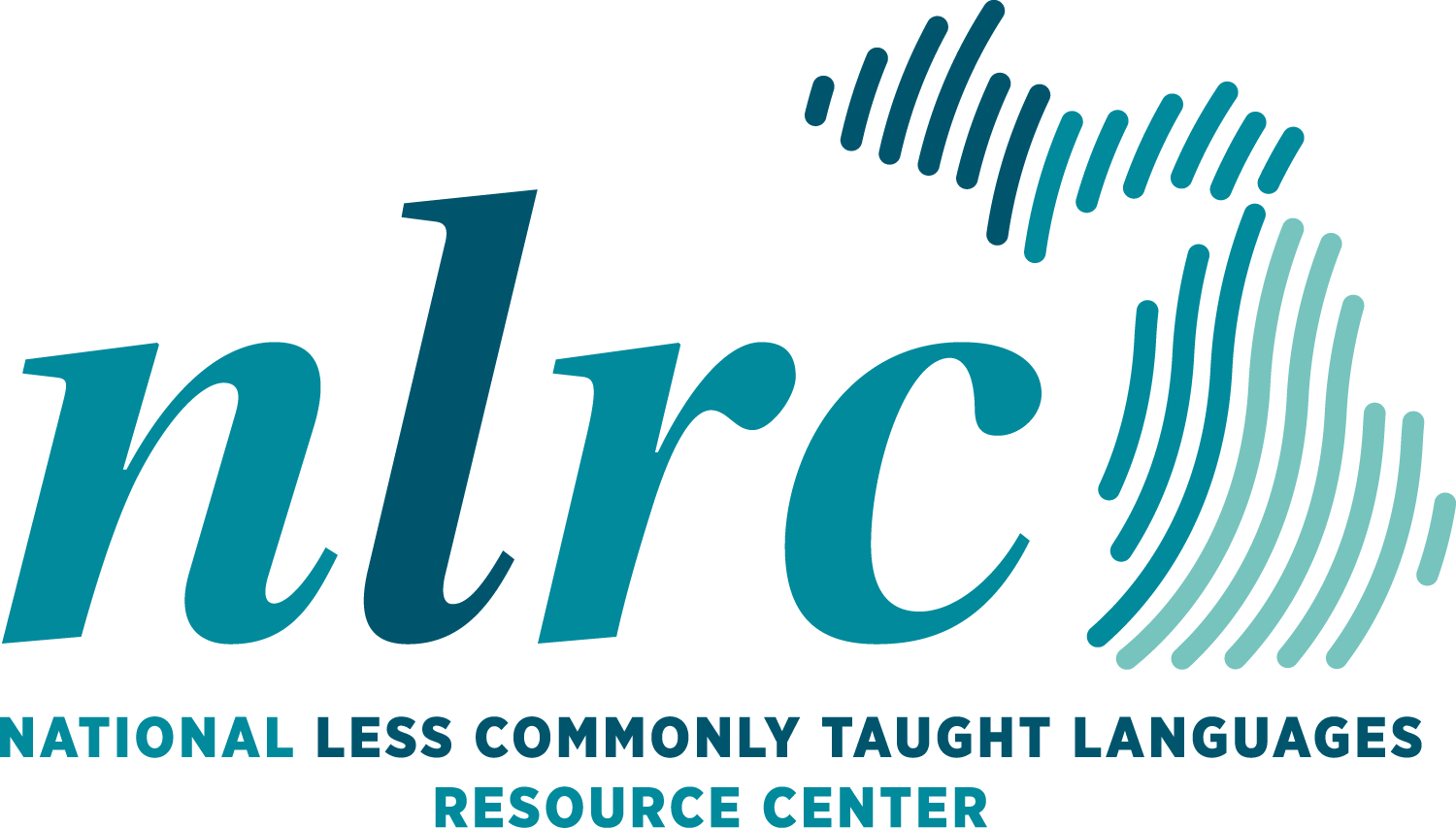
National Less Commonly Taught Languages Resource Center
Michigan State University
The National Less Commonly Taught Languages Resource Center is a Department of Education/Title VI-funded national language resource center housed in the Center for Language Teaching Advancement at Michigan State University.
The mission of the NLRC is to support and develop LCTL education by 1) offering high-quality opportunities for professional learning, 2) creating open and innovative instructional resources, and 3) forging strategic collaborations at the inter-institutional level. Eleven projects in these three focus areas will contribute to LCTL teaching and learning.
Highlighted Projects
Languages
All less commonly taught languages.

National Resource Center for Asian Languages
California State University, Fullerton
National Resource Center for Asian Languages (NRCAL) was established in 2014 to improve the nation’s capacity for the teaching and learning of Asian languages including Vietnamese, Korean, Chinese, Japanese, and Khmer.
Highlighted Projects
- Vietnamese Children Books
- Asian Language Resources
- Vietnamese Virtual Language Program
- Professional Development for Asian Language Teachers
Languages
Vietnamese, Korean, Chinese, Japanese, and Khmer
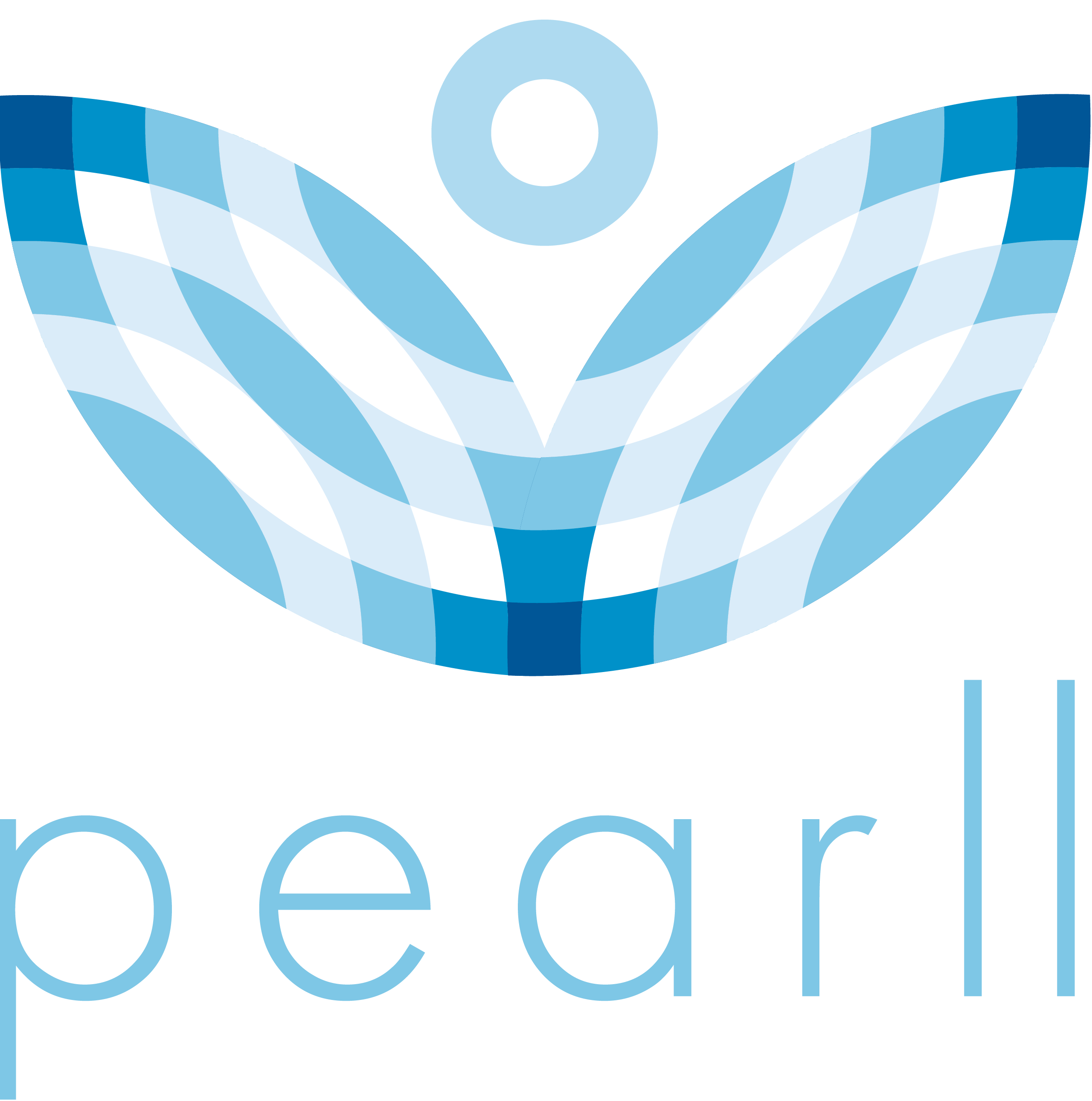
Professionals in Education Advancing Research and Language Learning
University of Maryland
In order to improve language educator effectiveness, PEARLL contends that classroom practitioners need: (1) access to models of educator effectiveness highlighting practices and curricula; (2) opportunities for reflective practice; (3) leadership support from those charged with directing their programs; (4) support from language teacher educators; and (5) engagement through professional learning that guides their understanding of research, reflective practice, and implementation of models.
Highlighted Projects
- Professional learning
- Models of teacher effectiveness
- Reflective practice
- Teacher effectiveness research
- Program review
Languages
All languages. None of PEARLL’s work is language-specific.

The Slavic and Eurasian Language Resource Center
Duke University
Established in 1999 and operated by Duke University, the SEELRC’s mission is the improvement of the national capacity to teach and learn Slavic and Eurasian languages. The Center accomplishes this by developing teaching and assessment materials, teacher training, conducting research and other activities, focusing on K-12, undergraduate & graduate education, summer institutes, conferences, seminars, & outreach. The SEELRC is one of 16 Title VI funded Language Resource Centers.
Highlighted Projects
Languages
Languages for which we have developed materials or such materials are currently in progress: Albanian, Armenian, Azerbaijani, Belarusian, Bosnian, Bulgarian, Chechen, Croatian, Czech, Dari , Estonian, Georgian, Greek, Hindi, Hungarian, Kazakh, Kyrgyz, Latvian, Lithuanian, Macedonian , Montenegrin, Pashto, Persian, Polish, Romani, Romanian, Russian, Serbian, Slovak, Slovene, Tajik, Talysh, Tatar, Turkish, Turkmen, Ukrainian, Urdu, Uighur, Uzbek, Wymysorys
